Public Wifi, Surveillance, and the Digital Divide
Eddie Joe Antonio
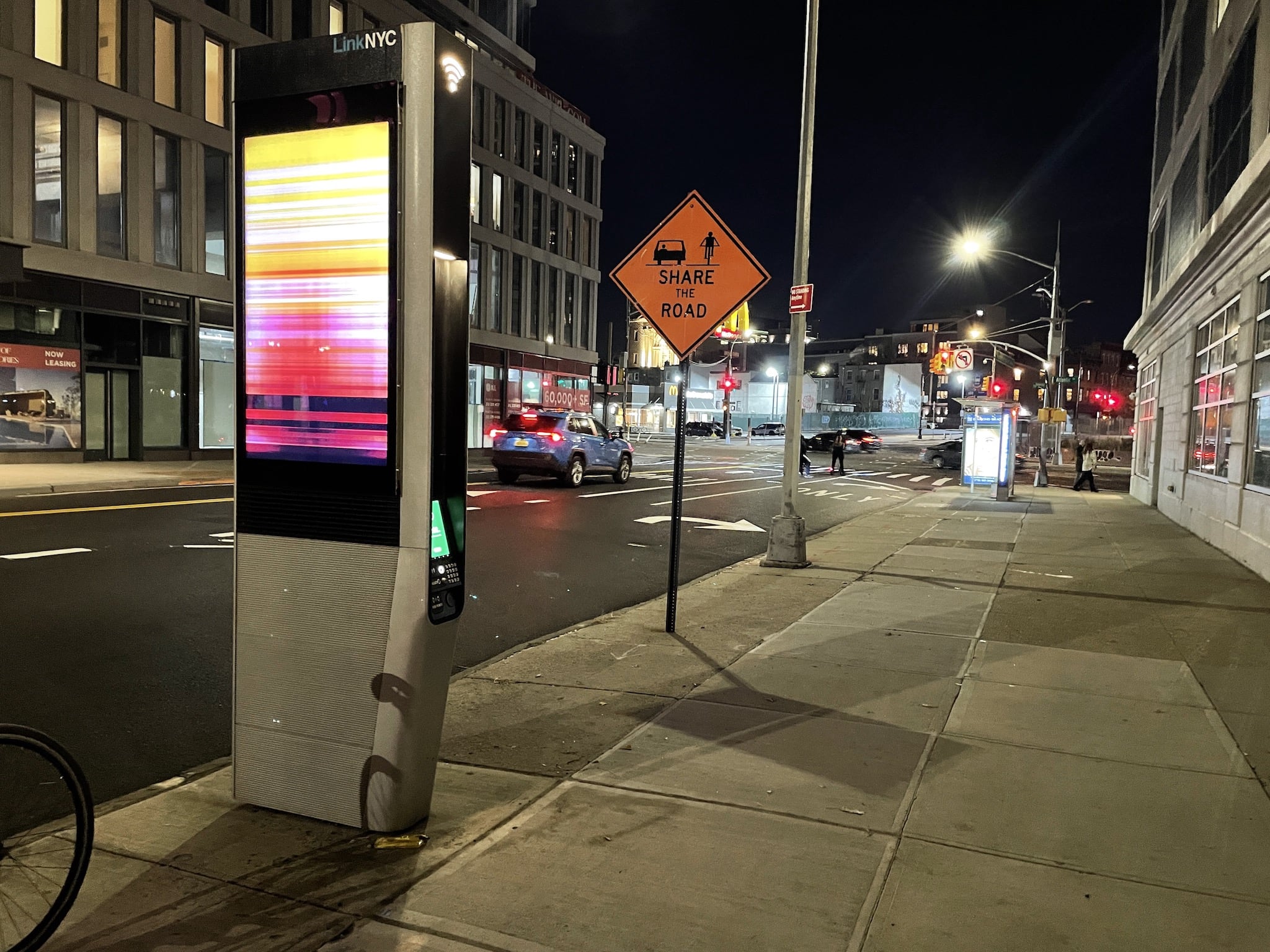
Walk down any block in Midtown Manhattan holding a modern smartphone and you will be prompted with continuous opportunities to join various internet networks. The past twenty years has seen a proliferation of cable laying, burrowing, and suspending that has provided New York with the connectivity it needs to communicate in the digital world. Therefore, the central business district, once understood as the networked city of the twentieth century[1], continues to function as a site for the rapid deployment of technological urban life. On Manhattan, 5G service nodes stare at each other across intersections, streetside communication kiosks replace the stubs of public payphones, and underground wiring moves information into and out of the financial capital of the world.
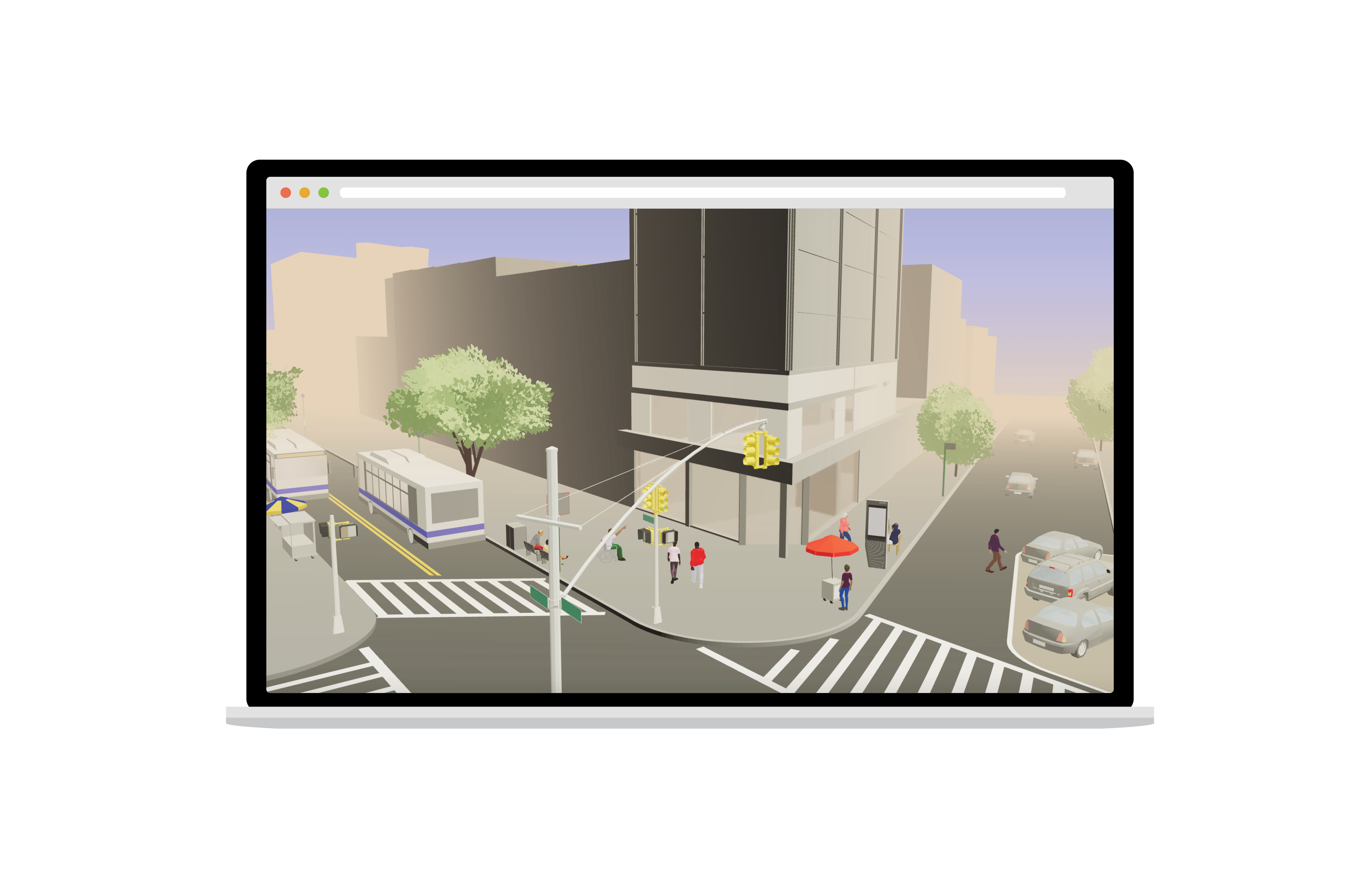
Outside of Manhattan’s central business district, a city of nine million contends with frequent WiFi disruptions, a weak infrastructure barely resiliency to storm damage, and certain regions where high-speed broadband is unaffordable or unavailable. Often, the neighborhoods and commercial corridors with the worst and least digital communication options map to other indicators of oppression in our society, including race, class, and immigration status.
A patchwork system of public WiFI has stepped in to contend with unequal internet access across the five boroughs. Public WiFi is valuable as it connects those without home access to WiFi to resources, jobs, and other communication tools that are abandoning analog formats. The team of providers consists of a discontinuous collection of libraries, streetside kiosks, and localized hotspot sites. Out of these, LinkNYC is perhaps the most remarkable.
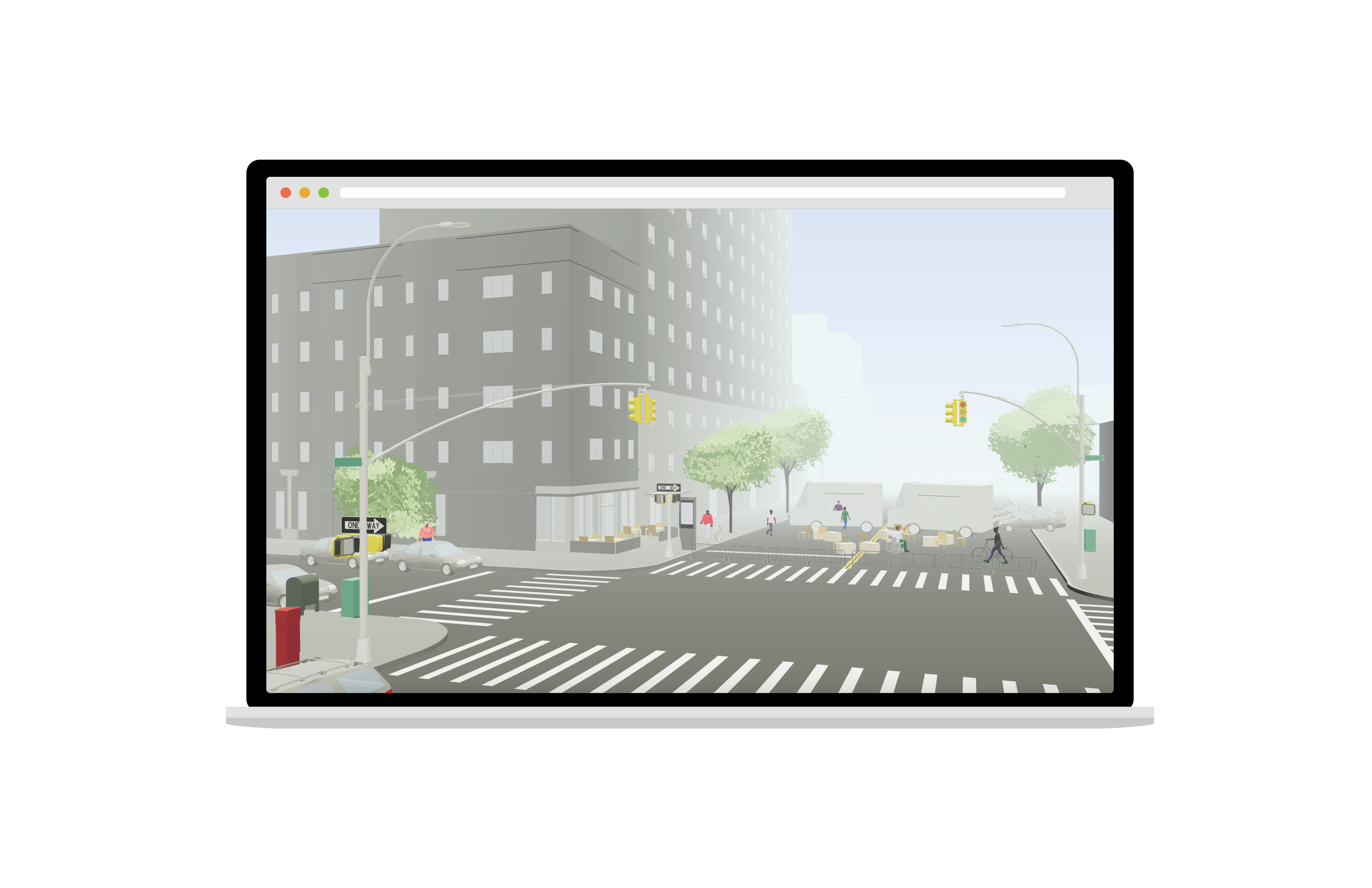
LinkNYC kiosks replaced the public payphone system with large rectangular boxes emanating free public WiFi, equipped with a tablet with free internet browsing and phone calling capabilities, and completed by two screens of advertising. The program, through its embrace of a surveillant capitalist model[2] overseen by a private company, represents a dramatic departure from traditional modes of providing services in the city and has raised privacy concerns. Moreover, its deployment so far largely mirrors the “digital divide” discussed above, with a majority of the kiosks operating on Manhattan streets within the central business district.
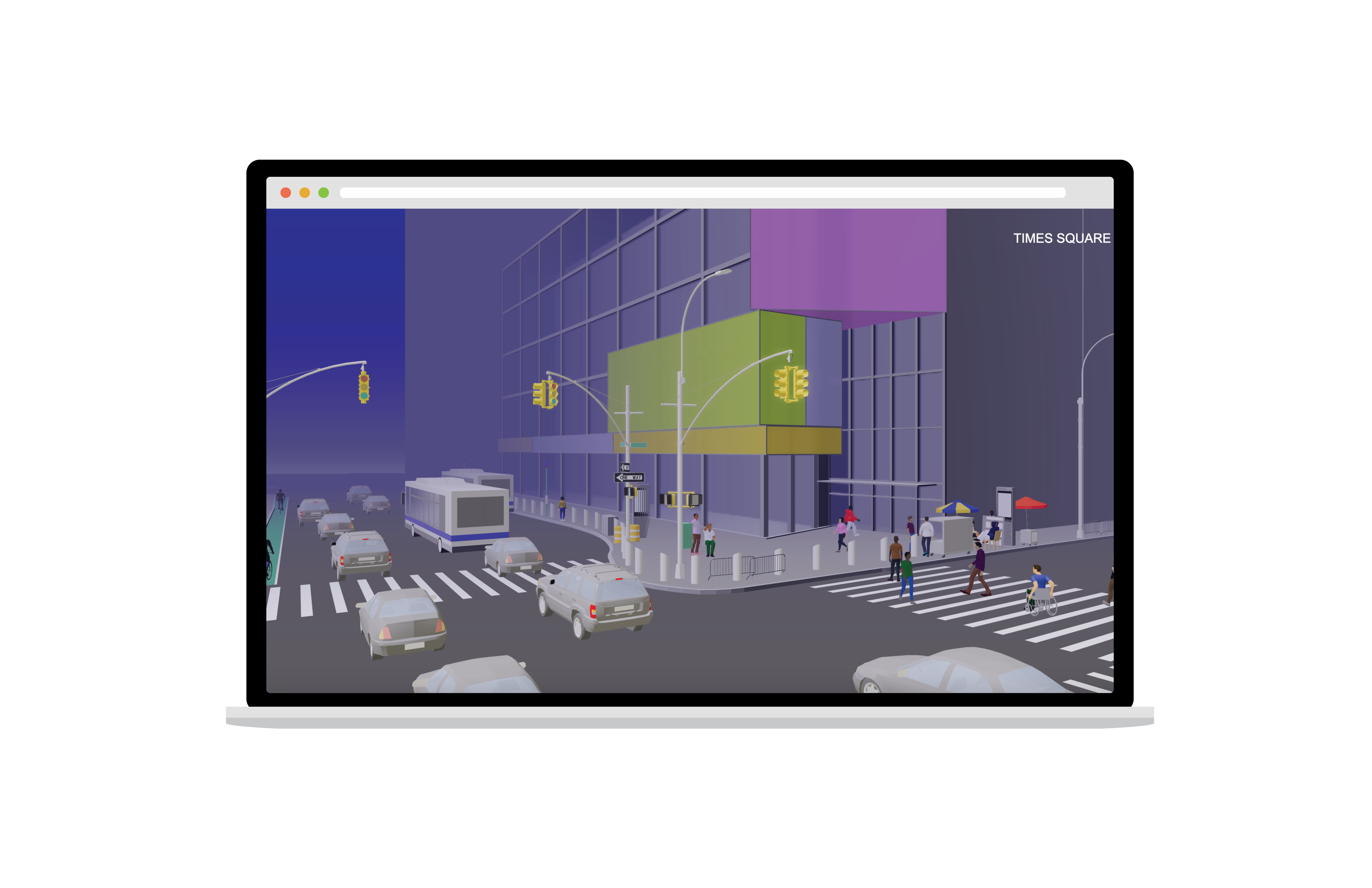
Through targeted ethnographies at specific LinkNYC sites, my project moves beyond a critique of contemporary digital connectivity. Instead, I focus on enhancing how New Yorkers are using LinkNYC today. Data analysis, visualization, and mapping complement this understanding to arrive at an optimistic, if deeply critical, view of New York’s public WiFi landscape today. This way of thinking feels necessary given the unique and unusual challenge before us of working towards digital equity.
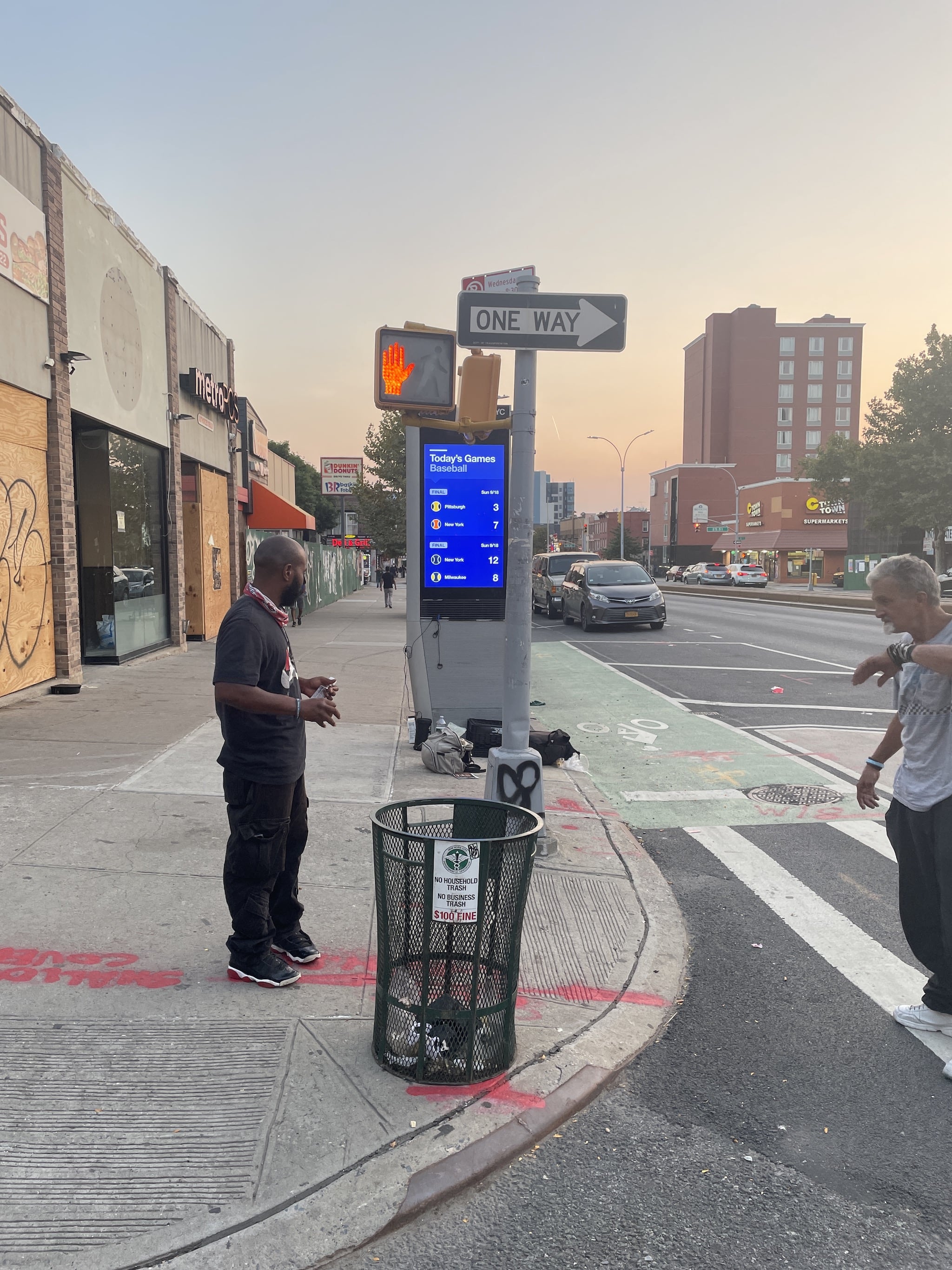
I have created a series of 3D immersive web experiences that spatialize opportunities surrounding LinkNYC kiosks and propose a new mode of storytelling around projects in the built environment. A longer layout of the stakes in public WiFi, as well as each of the four immersive websites, in available here.
Emilio Ambasz, “I: The University of Design and Development. II: Manhattan: Capital of the Twentieth Century. III: The Designs of Freedom”, in Perspecta, Vol. 13/14 (1971), 359-365. ↩︎
For a detailed discussion of this trendy term, see Shoshana Zuboff, The Age of surveillance capitalism: the fight for a human future at the new frontier of power. New York, NY, PublicAffairs Press, 2018. ↩︎